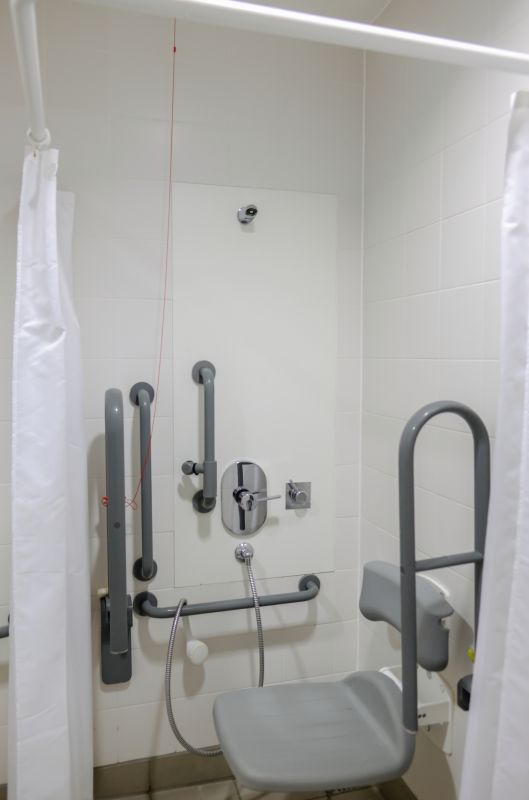Optimal Timing for Assembly Service
Assembly service is most effective when scheduled during periods of moderate activity and stable weather conditions. Timing can influence the efficiency and safety of the assembly process, ensuring that materials are handled properly and installations are completed without delays.
Spring and early fall often provide ideal conditions with mild temperatures and low humidity, reducing the risk of weather-related disruptions.
Late morning to early afternoon hours are recommended to avoid early morning dew or late evening dew, which can affect materials and work quality.
Scheduling during clear, dry days minimizes delays and ensures safety during assembly tasks.
Aligning assembly schedules with project timelines helps prevent last-minute rushes and ensures quality standards are maintained.

Ways to make Assembly Service work in tight or awkward layouts.

Popular materials for Assembly Service and why they hold up over time.

Simple add-ons that improve Assembly Service without blowing the budget.

High-end options that actually feel worth it for Assembly Service.
| Aspect | Best Timing Considerations |
|---|---|
| Weather Conditions | Schedule during clear, dry days to prevent delays. |
| Temperature | Opt for moderate temperatures to ensure safety and material integrity. |
| Daylight Hours | Plan for daylight hours to facilitate visibility and safety. |
| Project Size | Larger projects may require longer planning windows. |
| Workforce Availability | Coordinate with workforce schedules for optimal staffing. |
| Material Delivery | Align assembly with material delivery schedules. |
| Seasonal Factors | Avoid extreme weather seasons for safety and efficiency. |
Assembly service involves the systematic process of constructing and installing components to ensure proper fit, function, and safety. Proper timing can significantly impact the quality and durability of the installation. Accurate scheduling considers weather patterns, project scope, and resource availability, which collectively contribute to a seamless assembly process.
Statistics show that scheduling assembly during periods of stable weather can reduce project completion time by up to 20 percent. Additionally, planning around optimal daylight hours enhances safety and precision during installation tasks. Proper timing also minimizes delays caused by weather disruptions, leading to cost savings and improved project outcomes.

Finishes and colors that play nicely with Assembly Service.

Little measurements that prevent headaches on Assembly Service day.

A 60-second routine that keeps Assembly Service looking new.

A frequent mistake in Assembly Service and how to dodge it.

Small tweaks to make Assembly Service safer and easier to use.

Lower-waste or water-saving choices for Assembly Service.

The short, realistic tool list for quality Assembly Service.

Rough timing from prep to clean-up for Assembly Service.

Quick checks and paperwork to keep after Assembly Service.
Interested in scheduling assembly services? Filling out the contact form provides an opportunity to discuss specific timing options and project requirements. Proper planning ensures efficient execution and high-quality results for every assembly project.
